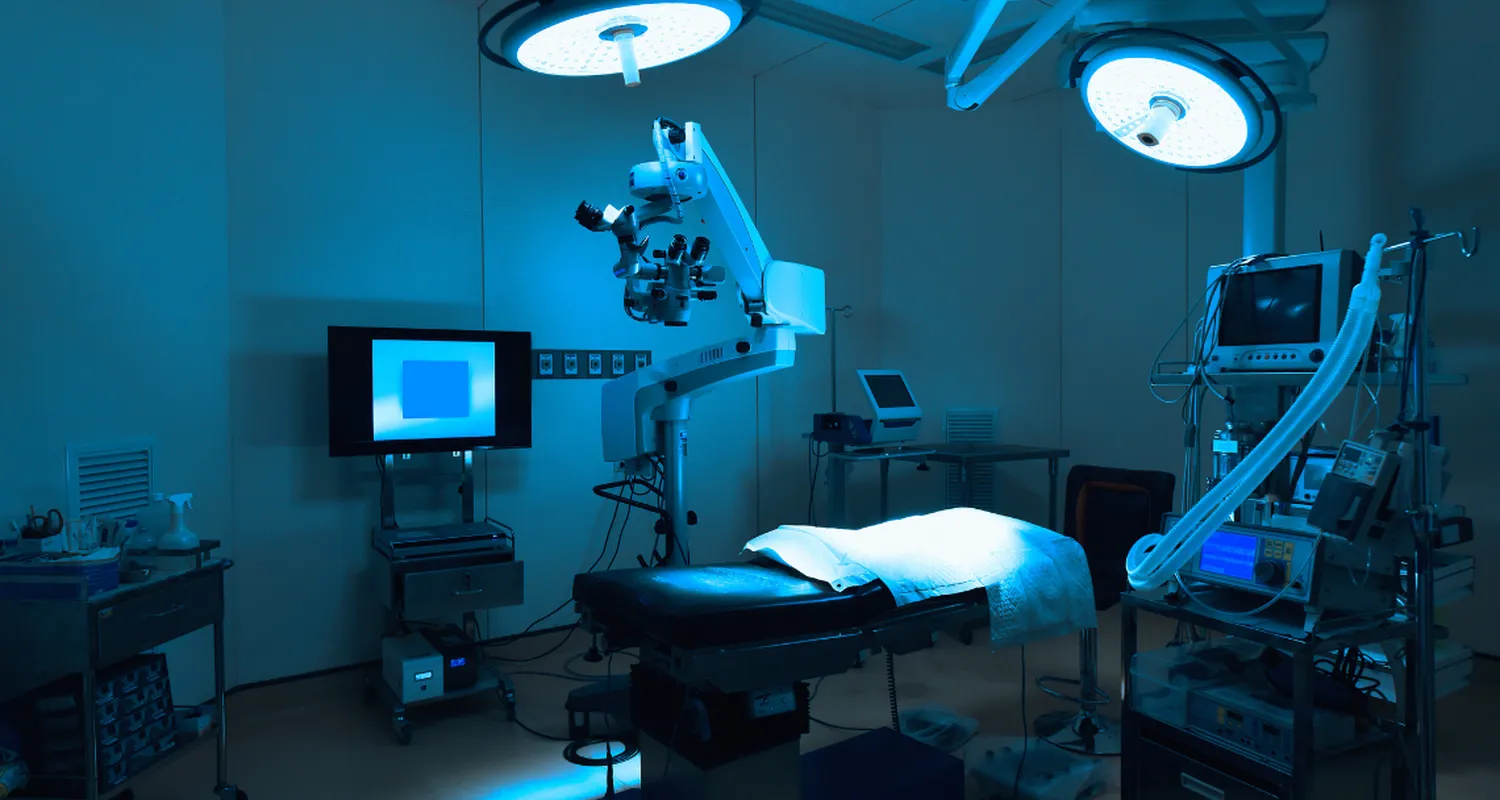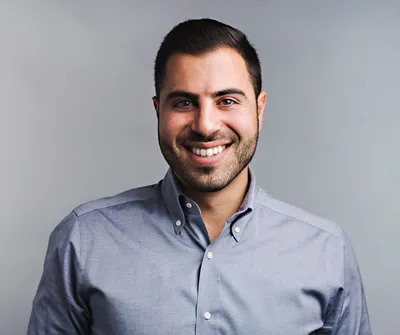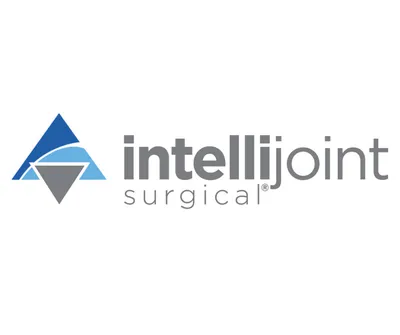Scaling innovation in a competitive landscape
Intellijoint operates in a MedTech environment where many players are well-established. How has the company successfully carved out space and scaled amidst legacy competitors?
You are absolutely right. Intellijoint is only 15 years old, but we are competing against companies that are decades-old—in some cases over a century old—with billions of dollars at their disposal. In this market, we’ve been able to achieve deep market penetration by remaining focused on solving real problems that customers have and building elegant solutions that they want. We don’t just focus on the clinical problem either; we consider the environment that our solution must be successful in and optimize its performance for that environment. Internally, we refer to this as being “Intellijointy.” We don’t build a cool solution first and then try to find a problem it fixes. We instead identify a cool problem to solve first and then build a solution in a way that addresses real adoption challenges that customers have.
In the orthopaedic industry, the real problem surgeons have is how to achieve the key clinical targets during a hip or knee replacement without error. Without technology, the standard of care is for surgeons to use their eyes and judgement to restore a joint, which is difficult given how hard it can be to see the joint. So, we help to eliminate any mistakes by providing surgeons with a device that provides them with real-time data for these targets. What’s more, we didn’t just look at the clinical side of the problem, but also the environment in which the surgery is delivered. In the operating room, a solution that is small, fast, and affordable is paramount. Other technologies exist, but they often cost too much, add too much time to surgery, require surgeons to change their workflow, and limit surgeons to just one brand of implants. For us this is part of the problem, and we aim to fix it.
The future of surgical precision
How do you see smart surgical tools and integrated planning ecosystems transforming patient outcomes in the next 3–5 years?
I ultimately see two futures for our industry. The first is a “closed ecosystem” that incumbents are already pushing on providers where they make their implant exclusive to their robot and bundle the two together to lock customers into long-term contracts. In the next 3-5 years, this trend will likely continue—not only into other surgeries beyond hip and knee replacements, but also the tools and technologies themselves. The robots will become smarter and more integrated into the operating room, but at the expense of surgeon choice of the equipment they want to use. If this becomes the dominant model of the industry, it will limit competition to just a few closed ecosystems that will drive prices up.
Alternatively, we are building a future defined by an “open ecosystem” where surgeons are empowered to choose the tools, technology and implants that best serve the patient. We are similarly turning our technology into an integrated platform to enable surgeons to plan and deliver their surgeries to achieve their best outcomes, but we do not require them to change their surgical workflow, tools or implants. They can use our planning and navigation platform, any implant and a wide range of tools that provide unique value rather than only those that are exclusive to their robot. A number of other smaller companies share our open ecosystem approach, and we are working on partnerships to provide a range of effective, affordable and easy-to-use technologies and tools that surgeons love to use and are easy to adopt.
Data privacy meets personalisation
As precision medicine continues to evolve, how does Intellijoint balance the opportunities of personalised care with the responsibility of safeguarding patient data?
Every patient is unique and deserves a personalised approach to their care so that they have the best chance at a healthy and fast recovery post-operatively. Our R&D efforts over the last 4 years have been focused on this goal by prioritising a pre-operative planning technology for hip and knee replacement surgeries. Intellijoint VIEW incorporates the patient’s unique hip-spine relationship into the planning for their functional cup placement, while for a knee replacement, VIEW enables surgeons to easily explore and customise different coronal alignment approaches for the patient. All of this is done with the x-rays taken before the surgery, making it easier to build a technology that can safely store and analyse the patient’s data, since no additional patient data is required.





